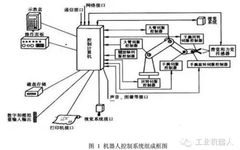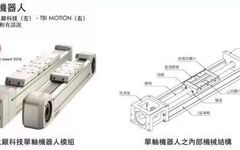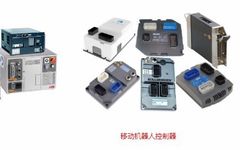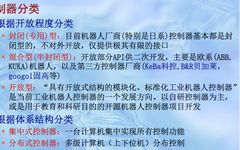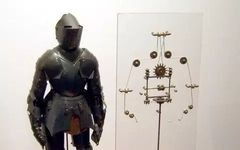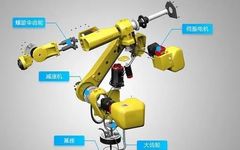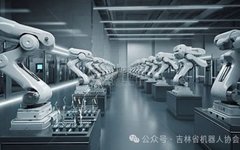Typical Control Systems and Structures of Industrial Robots
Industrial robots consist of three basic components: the main body, the drive system, and the control system. The main body includes the base and the actuators, which consist of the arm, wrist, and hand; some robots also have locomotion mechanisms. Most industrial robots have 3 to 6 degrees of freedom, with the wrist typically having … Read more

